Data, Context, Interation
- Lean Software Architecture for Agile Software Development (2010)
James Coplien
Trygve Reenskaug
- MVC (solved half the problem)
The Motivation
Complex business administration system
- hard to follow in the code what's going on
Code related to business processing rules was scattered across classes
Because "OO"
Spaghetti code
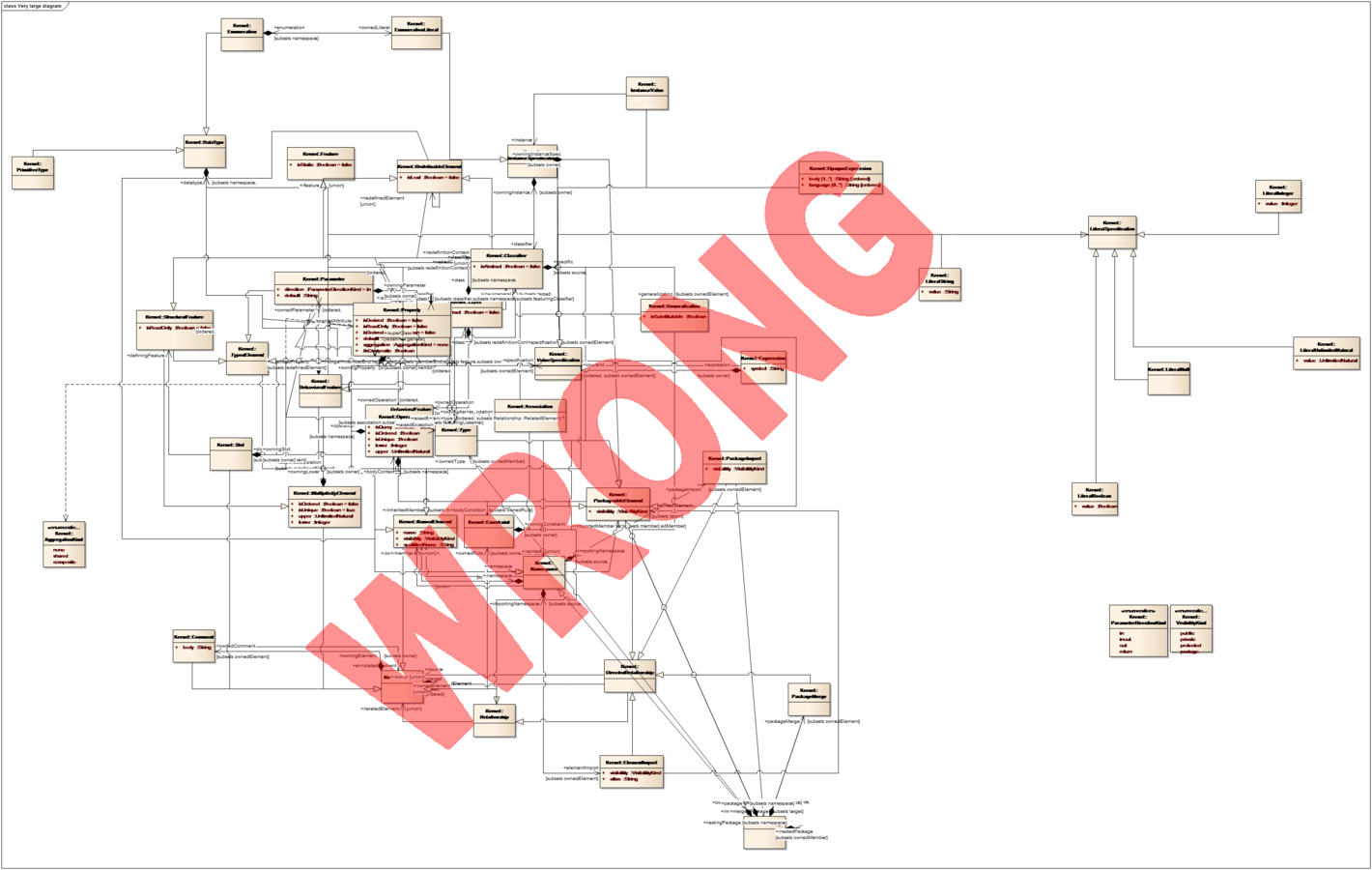
The Result
- of traditional "OO" for complex business processes
* Each domain class holds logic (business rules) from different contexts
* A single class holds just a snippet of the logic of a wider context
No container of broader contexts
Other Options
Service objects, Rails Concerns
- code still scattered, lacking a container
"In OO programming, it always happens somewhere else" !
Emergent?

A search for an alternative
AOP - the separation of cross-cutting concerns (?)
Googled
Googled..DCI
- snail oil check:
- Proponents
- Containment
- Technical feasibility

What is DCI ?
It's about giving us a framework that reflects the use case
What is an object? - identity
- can play different roles in different contexts
We need to draw out the interactions: roles
To reason about the behaviour of the system
(not a single object)
These interactions happen in an arena called the Context
The Context
A collection of related possible scenarios between an end user and the system
A Use Case: a sequence of tasks towards a business goal
Seamlessness between the business analysis world and the coding world
An architectural home for use cases
class Context
endgithub.com/alanq/ruby-dci
The OO vision has not been realised
Alan Kay - object oriented programming was to align with the end user's mental model
"Class Oriented Programming"
- concentrates on the nouns, rather than giving us a way to model the dynamic behaviour, the end user's mental model of interactions
It would be nice if the technology in the machine were just an extension of the end user's mental model..
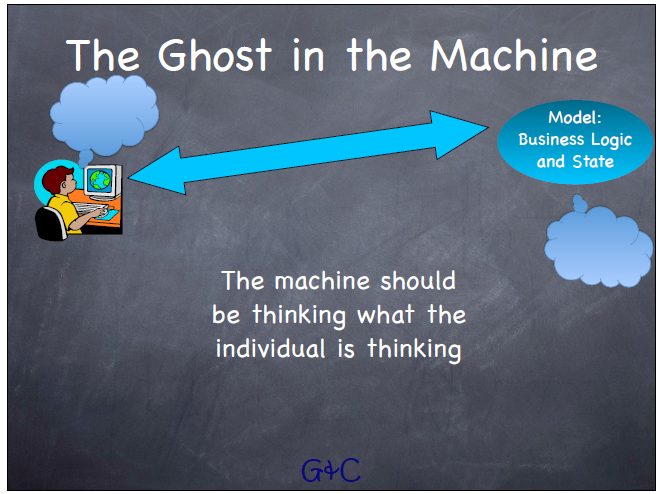
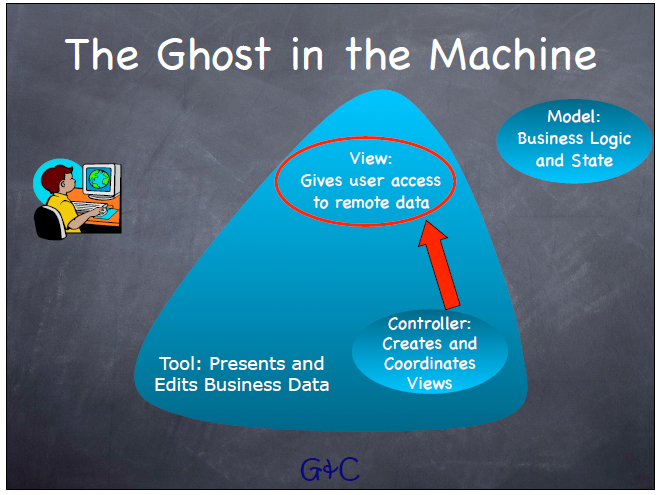
Title Text
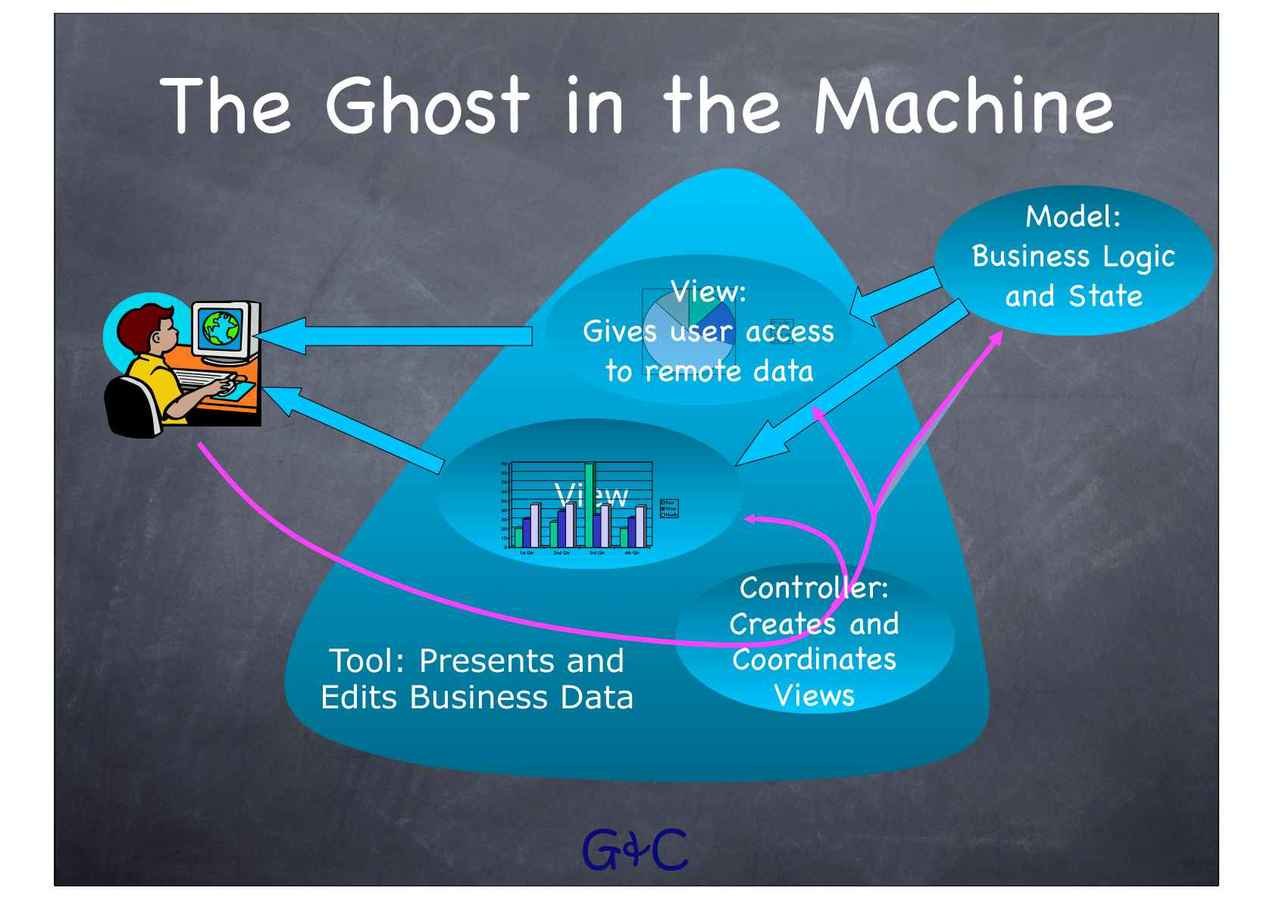
- MVC does this on an object by object basis
Interface for end user to interact with system:
The job of the programmer
- to unite mental models
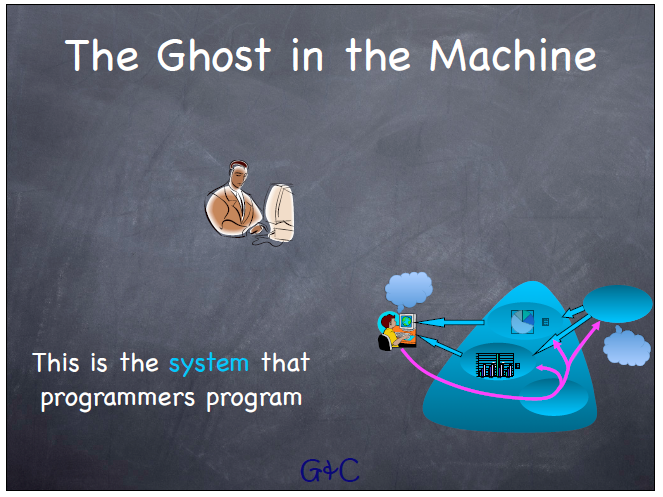
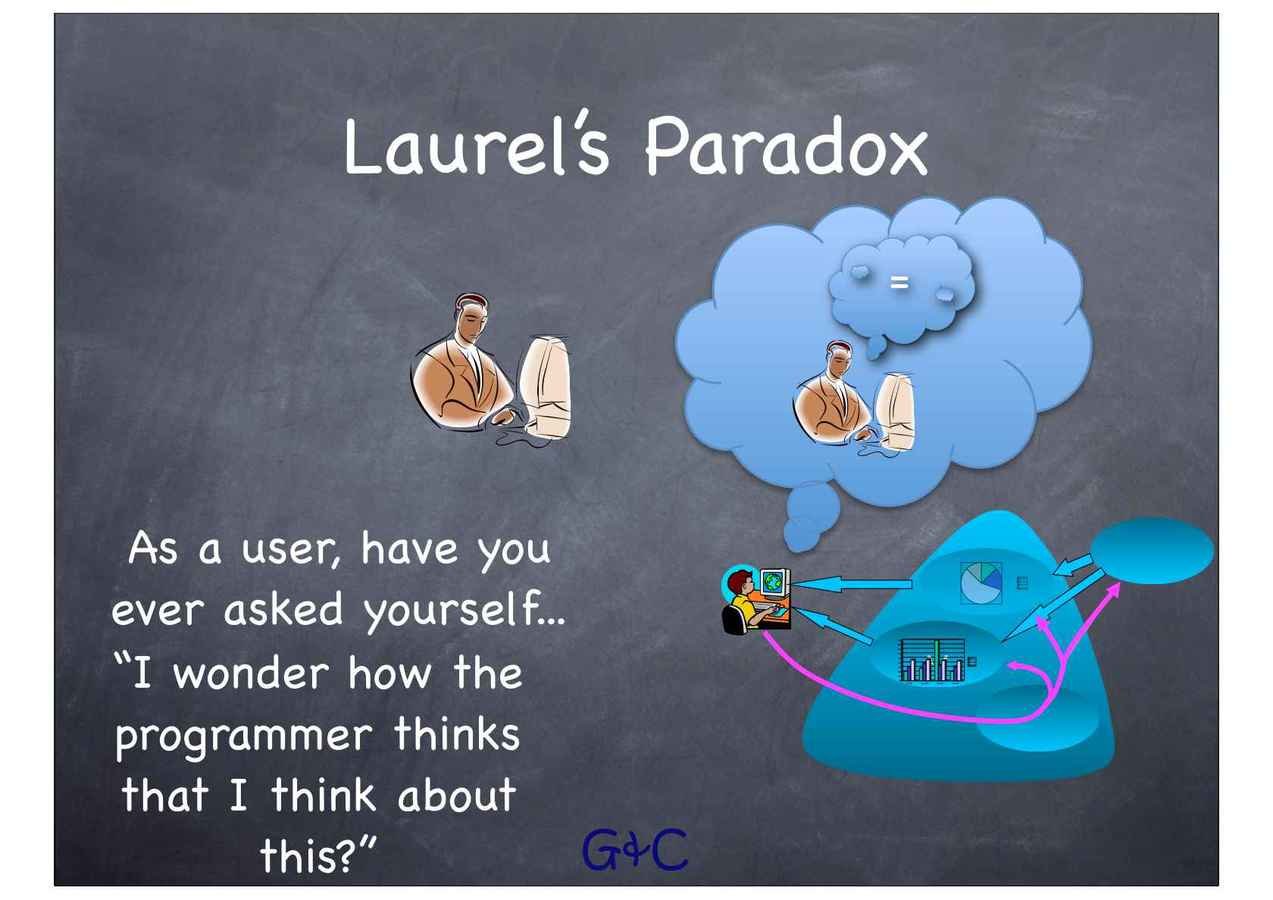
We shouldn't have to do this!
The user shouldn't have to figure out how the manufacturer manufactured the product in order to use it.
Brenda Laurel
- virtual reality, video games, HCI
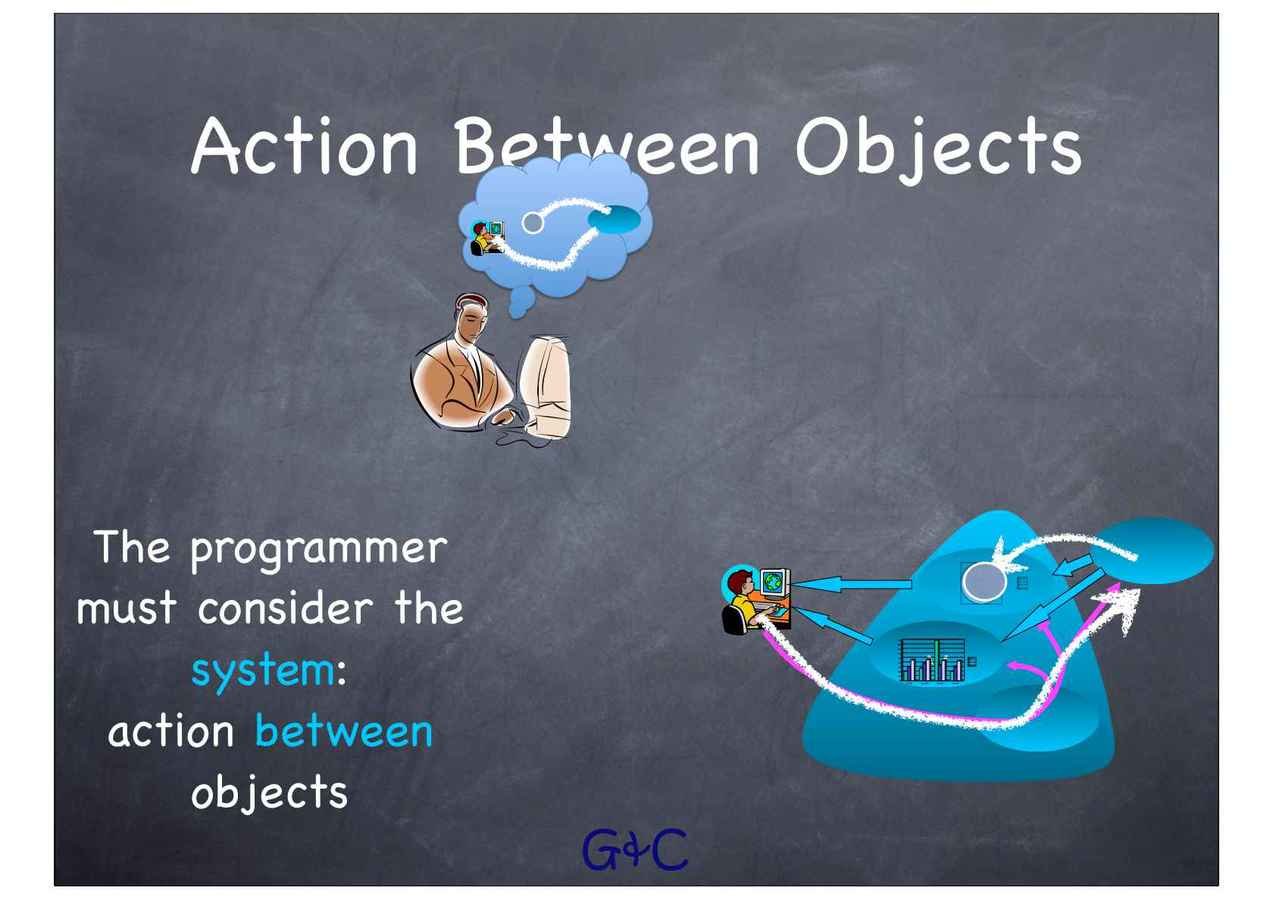
What happens in a program happens between the objects
It's not about the classes - they support the programmer rather than the end user
The objects come and go
But the network of communication between them stays the same
Objects may even be from different classes the next time the use case is run
A user's mental model applies a name to an object according to its use
Objects are too small - we need something to model the system behaviour for a use case
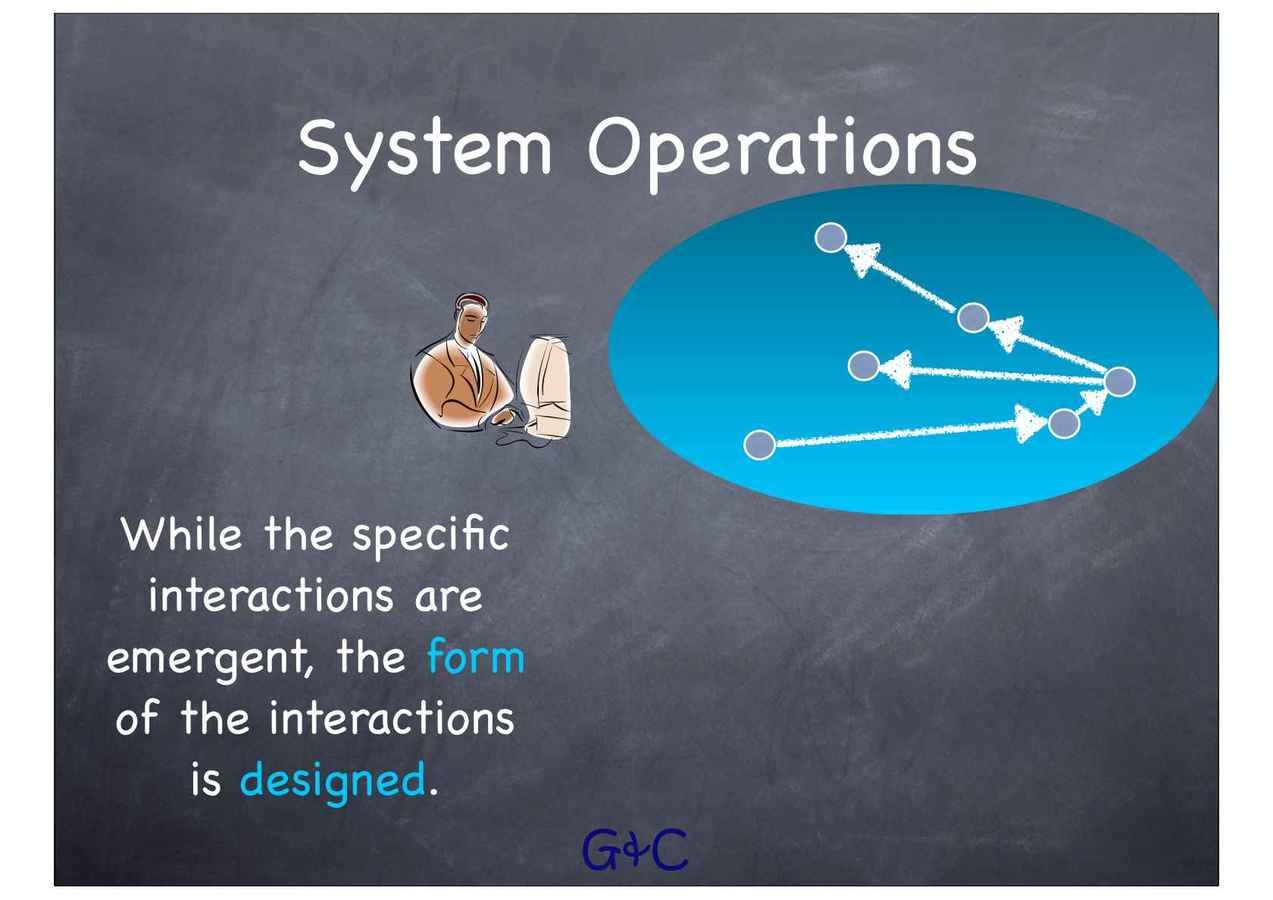
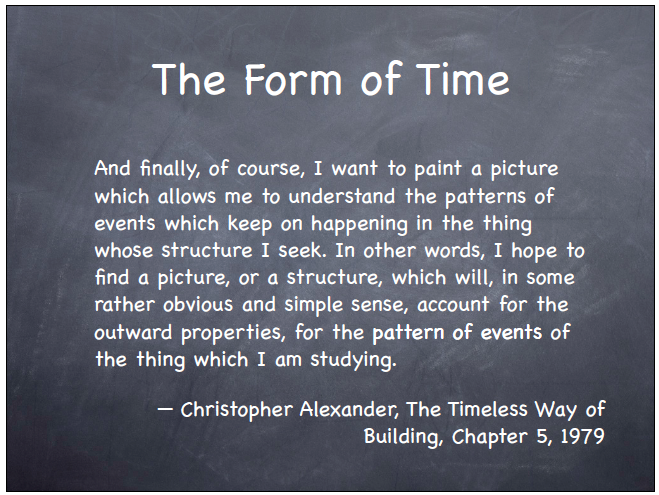
James O. Coplien - Reflections on Reflection
slides.com/alanquigley/data-context-interation
Me
Software developer Business analyst FundCalcs.com founder SimpleSchoolAdmin.com - almost founded!
Alan Quigley
Alan@FundCalcs.com
Data Context Interation
By Alan Quigley
Data Context Interation
- 279